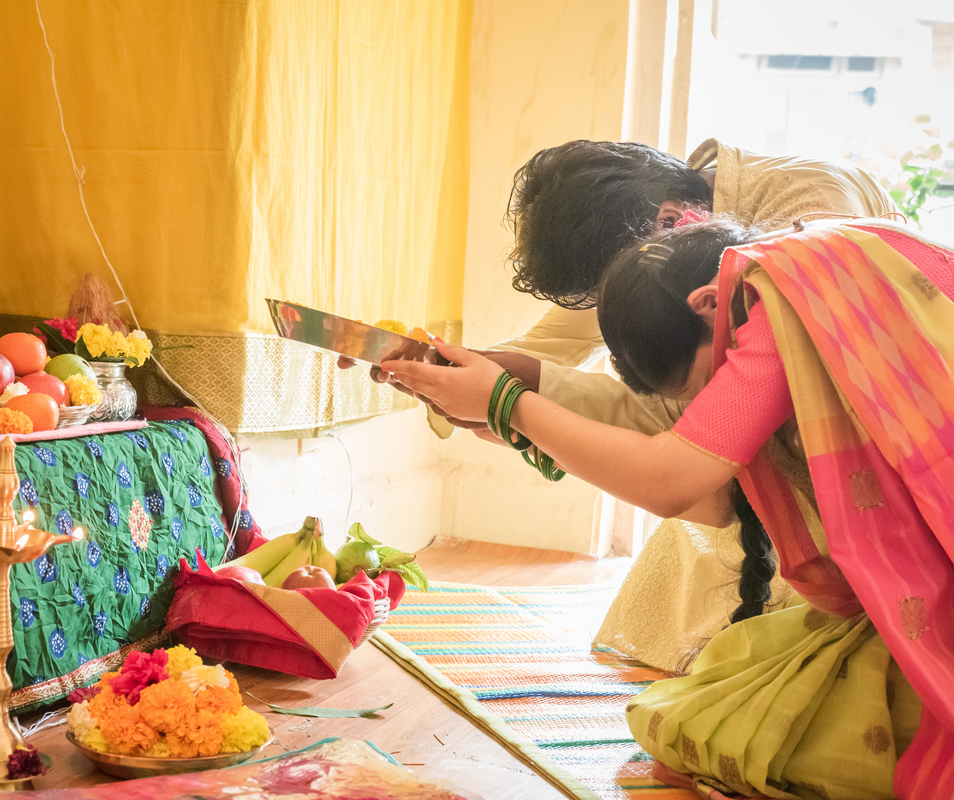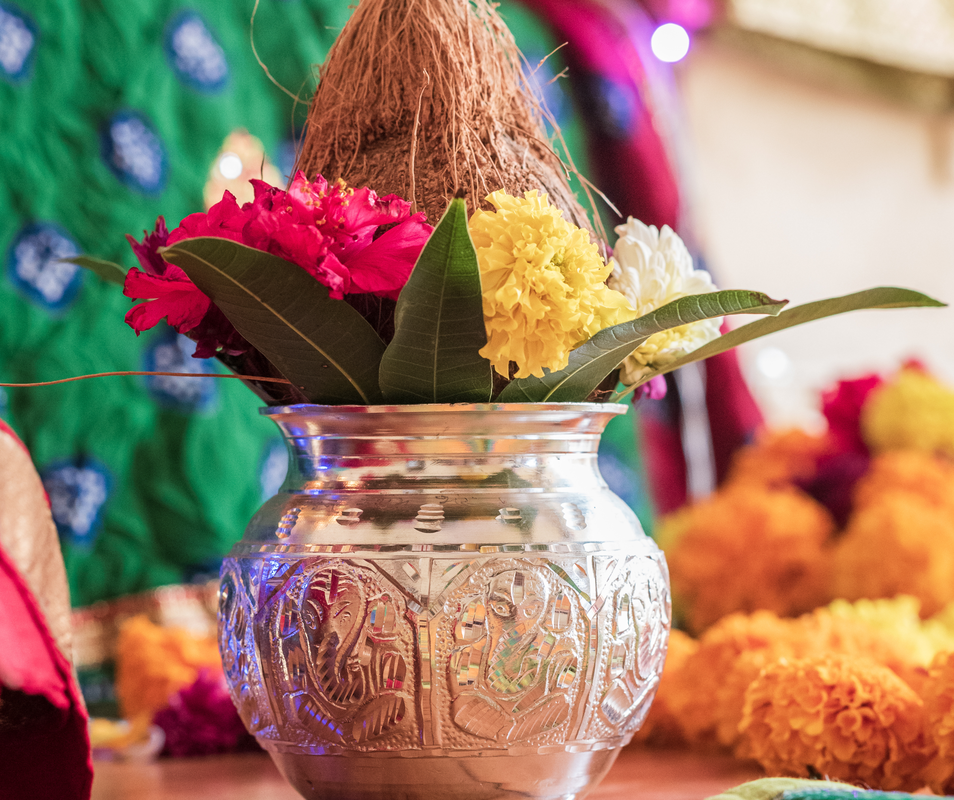What is Tantra?
|
Tantra is one word for ritual action in Hinduism. It denotes the different acts of worship: pujas, upacharas, kriyas, yajnams, and prayogams performed for realization. If Yantra relates to the body and Mantra to the mind; Tantra relates to the soul. The Sanskrit root "tan" means "to weave," "to spread," "to compose," or "to put forth." Tantra is a word used for the techniques, the system, the philosophy, and the actions of the tantric aspirant.
Every action of the true tantric is worship; it is done for the benefit of every living being and offered to the Lord for the sake of self realization. The texts from which the teachings have been revealed are called Tantras. The tantras are 92 in number. Tantric teachings are also derived from the Agamas, Puranas, and other scriptures. Tantra employs mantra and yantra. It is through tantra that mantras are used to empower the yantra. |



